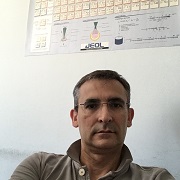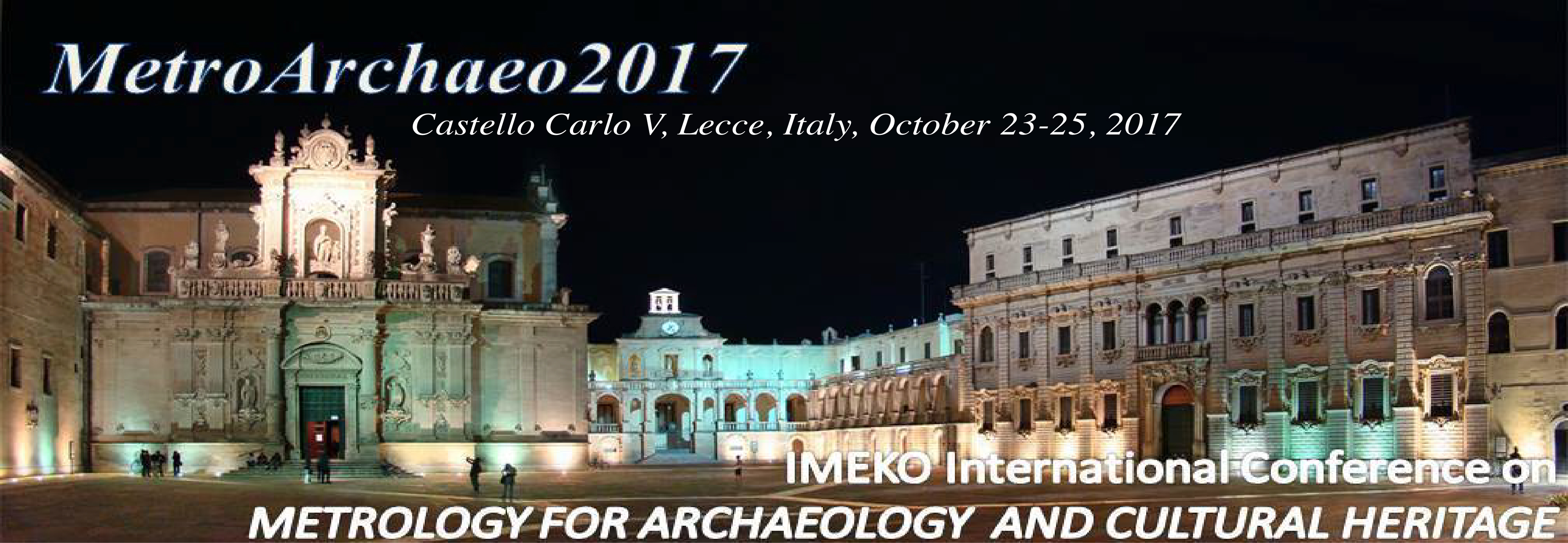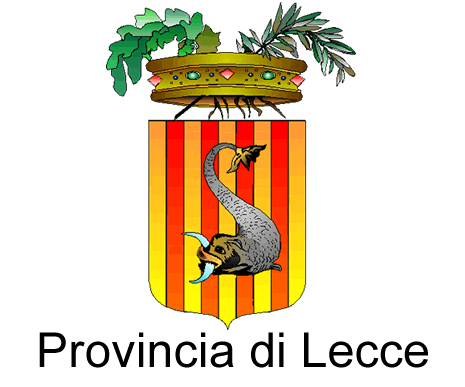Spectroscopic advances for Cultural Heritage
ORGANIZERS
 Antonio Serra
Antonio Serra
Dipartimento di Matematica e Fisica "E.De Giorgi" Università del Salento
email: Questo indirizzo email è protetto dagli spambots. È necessario abilitare JavaScript per vederlo.
Antonio Serra graduated in Physics from the University of Lecce in 1994. 1995 - Fellowship at the Department of Physics, University of Lecce 1995 - Fellowship from the Institute I.M.E. CNR of Lecce 1996 - Fellowship from the Department of Materials Science at the University of Lecce 1997-2000 - PhD in Materials Engineering (XII cycle) at the Faculty of Engineering of the University of Lecce. 1997 – Winner fellowship at the "Centre for Molecular Electronics and School of Engineering" - University of Durham (UK) under the Cooperation British Council - CNR. 1999 - Assistant Professor at the Science Faculty of University of Lecce 2003 - Confirmation in role as Assistant Professor of Applied Physics. 2005 - He obtained the qualification as associate professor at the Faculty of Pharmacy, University of Sassari. 2005 - On November 1, he joined as an associate professor at the Faculty of Cultural Heritage University of Salento, receiving confirmation in role the Mars 20, 2009. 2010-2015 - President of the Academic Course in "Technologies for Cultural Heritage" 2012 - He obtained the qualification as Full Professor of Applied Physics Projects 2003 - PRIN 2003: Chemical-physical analysis of ancient coins: minting technology, composition and devaluation. National coordinator Prof. Giovanni Gorini. 2005 - PRIN 2005: The physical investigation and archaeometallurgy: fangled technology, composition and devaluation in Puglia and Basilicata from the fifth to the third century BC National coordinator Prof. Giovanni Gorini. 2008 - PRIN 2008: Coins as instrument of knowledge and verification of the phenomena of reinforcement and revaluation of the ancient and medieval: the case of Puglia and Basilicata. National Coordinator Prof. Michael Slotted. 2009 - Project NEXT: Near Excitation Tunable. Prof. Antonio Serra. University of Salento, strengthening of research activities in 2009. 2010 - Collaboration TWICE project ADRIANO INFN 2010: Development of a new generation of devices and readout calorimeter, coordinator Dr. Corrado Gatto INFN-Naples. 2011 - PON 2HE Human and Environmental Health Research Center: Development Platform IMAGING. Prof. G. Vasapollo. Activity Prof. Serra is part of the editorial board of the Journal of Materials Science - Hindawi Publishing Corporation. Prof. Antonio Serra carries out research in the field of Applied Physics and his current research focuses on the analysis of chemical and physical structure of materials for technological, environmental, bio-medical, artistic and archaeological interest by means of spectroscopic and micro-analytical techniques. The main research activities can be summarized as follows: - Archaeometry. - Physics applied to biology and medicine. - Physics for the environment and chemical sensors. - Synthesis and characterization of materials for applications in optoelectronic devices. He is author of more than 100 publications in addition to several invited contributions (H-index 24, citations>1800). 1 - ARCHAEOMETRY Under the project PRIN 2003, 2005 and 2008 - The findings included in coin archaeological context as a means of understanding and verification of debasement processes - Prof. Antonio Serra has developed a systematic program of analysis in collaboration with the Cultural Heritage Department of University of Salento and national and international research groups. Under this collaboration, it was developed the spectroscopic characterization of arcaheological artefacts with non-destructive techniques to identify the primary components, the texture, in order to obtain a series of technical information that constitute a valuable aid in studies on the technology for processing of metals, glasses and potteries, the state of conservation, the composition and its variations in relation to social evolution. 2 - PHYSICS FOR BIOLOGY AND MEDICINE Prof. Serra has developed methods of investigation through the combined use of techniques to probe microscopy and optical spectroscopy for the understanding of the processes of interaction between the membrane proteins and metallic ions in the neoplastic changes. -Physical methods in the study of physiological processes of cancer Since 2007, Professor Antonio Serra has engaged in a research program designed to identify patterns of individual protein or peptides that serve as biomarkers for early diagnosis, identification of individuals at risk, the definition and possible prognostic predictivity of therapeutic response in cancer with emphasis on neuroblastomas. This activity was conducted in collaboration with the Department of Computer Science for Biology and the Environment of the University of Salento. To this end, developed an innovative platform that integrates analysis methods with high-tech analysis (electron microscopy, atomic force microscopy, Raman spectroscopy) coupled with nano-devices for increasing the power of resolution. -Physical methods for the study of biodiversity and the quality of food products Moreover, Prof. Serra has since 2006 embarked on a research aimed at qualitative and quantitative characterization of food typical of the Mediterranean basin. The activity so far has been paid to the study of cereal products in the Apulia region in collaboration with the Laboratory of Plant Physiology of the Department of Computer Science for Biology and the Environment of the University of Salento. 3 - PHYSICS FOR THE ENVIRONMENT AND CHEMICAL SENSORS Under this theme, Professor Antonio Serra is engaged both in the study and development of solid-state devices to be used as chemical sensors for detecting pollutants species in the gas phase and liquid phase, both in the monitoring of particulate air pollution. 4 - SYNTHESIS AND CHARACTERIZATION OF MATERIALS FOR APPLICATIONS IN OPTOELECTRONIC DEVICES Prof. Antonio Serra has developed various procedures for spectroscopic analysis, by Hall effect measurements has given the intrinsic parameters (resistivity, strength, mobility and type of carriers) and through the study of currents limited by charge space (SCLC), the thermally stimulated current (TSC) and the spectral response and the dependence of light intensity and temperature (thermal quenching) has determined the extrinsic parameters (energy, sections of capture, concentration and kind of active centers in the forbidden gap). The results of research have resulted in publications in international journals and have been presented in various national and international conferences.
Abstract
During the last decades considerable progress has been made in the instrumental and methodological aspects of spectroscopic studies for knowledge, conservation and restoration of historical and artistic artefacts. Considerable improvements in detector technology, instrument-computer interfacing, focusing optics, and in the performance of radiation sources suitable for use in various parts of the electromagnetic spectrum lie at the basis of the advances. In this session the results, related to innovative spectroscopic studies and the development of new methodologies, can be presented.
























